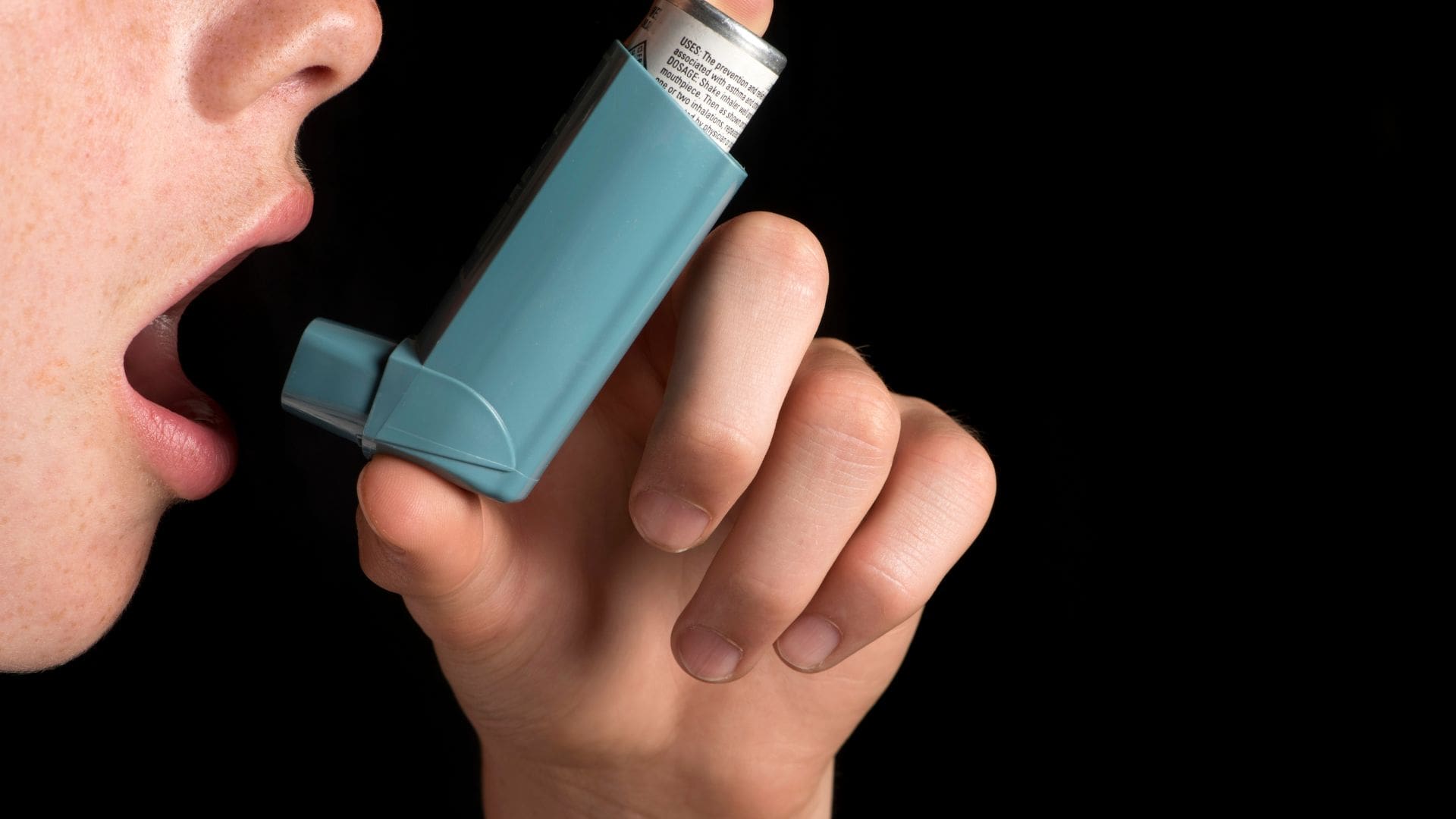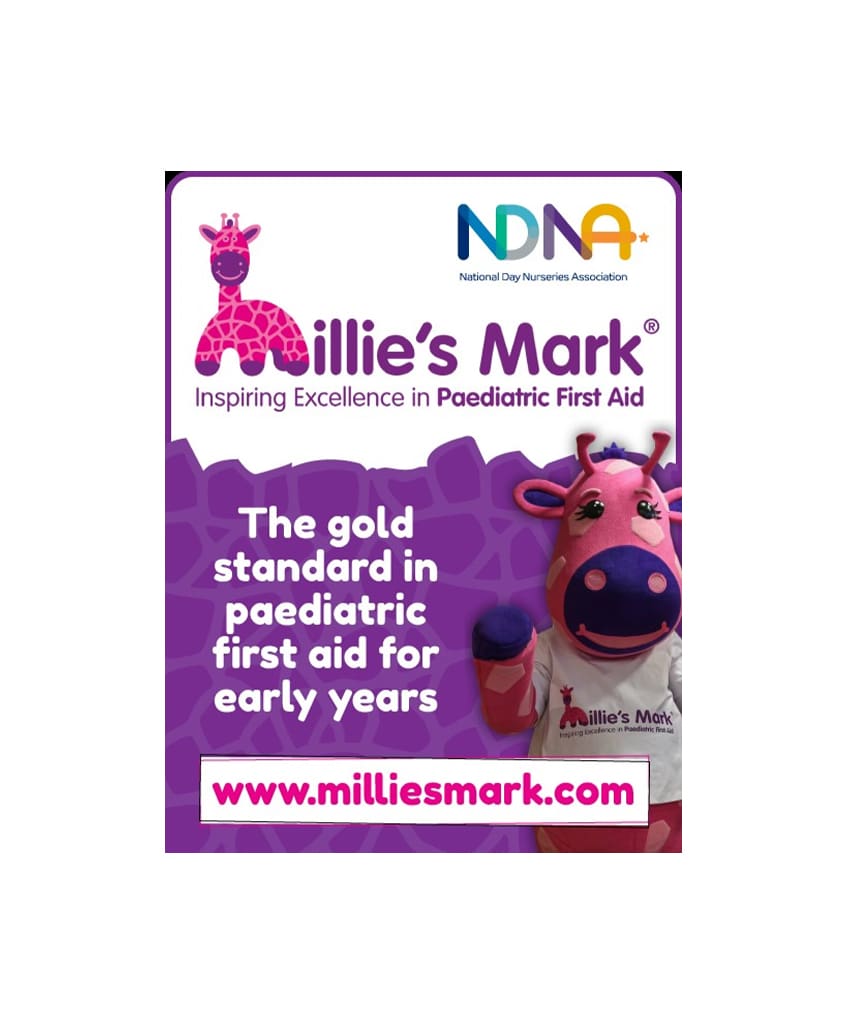Asthma is a common lung condition that causes occasional breathing difficulties.
All ages are affected, and while it frequently begins in childhood, it can also emerge in adults.
Although there is no known cure, there are easy to use therapies that can help keep the symptoms under control and minimise the impact on your life.
In 2019, 455 000 individuals died from asthma and an estimated 262 million people were affected by it.
Symptoms
Asthma symptoms can differ from person to person. Sometimes, symptoms become noticeably worse. This is what an asthma attack is. Symptoms frequently get worse at night or during exercise.
The main symptoms of asthma are:
- a whistling sound when breathing (wheezing)
- breathlessness
- a tight chest, which may feel like a band is tightening around it
- coughing
Asthma symptoms, which can include any combination of coughing, wheezing, shortness of breath, and tightness in the chest, are brought on by inflammation and restriction of the tiny airways in the lungs.
When you have a cold or when the weather changes, symptoms can get worse. Dust, smoke, fumes, grass and tree pollen, animal fur and feathers, potent soaps, and perfume can all be triggers.
Symptoms can be caused by other conditions as well. People with symptoms should talk to a healthcare provider.
What is the cause of asthma?
It can be difficult to identify a single, direct cause for asthma, however many factors have been associated with a higher likelihood of getting asthma.
- If a close relative, such as a parent or sibling, also has asthma, the likelihood of developing asthma increases.
- People with other allergic diseases, such as eczema and rhinitis (hay fever), are more likely to develop asthma.
- Asthma prevalence rises with growing urbanisation, most likely as a result of many lifestyle variables.
- Early childhood experiences have an impact on how the lungs develop and can raise the risk of asthma. Low birth weight, premature birth, exposure to tobacco smoke and other air pollution sources, as well as viral respiratory infections, are some of these.
- Asthma risk is also thought to be increased by exposure to a variety of environmental allergens and irritants, such as mould, dust mites, indoor and outdoor air pollution, and chemical, fume, and dust exposure at work.
- Asthma is more likely to affect obese or overweight kids and adults.
When to see a GP
See a GP if you think you or your child may have asthma.
Several conditions can cause similar symptoms, so it’s important to get a proper diagnosis and correct treatment.
The GP will usually be able to diagnose asthma by asking about symptoms and carrying out some simple tests.
Treatment
Although there is no known cure for asthma, there are several effective treatments.
Using an inhaler, which delivers medication directly to the lungs, is the most popular form of treatment.
Inhalers can aid in disease management and allow those who have asthma to lead regular, active lives.
There are two main types of inhaler:
- bronchodilators (such as salbutamol), that open the air passages and relieve symptoms; and
- steroids (such as beclometasone) that reduce inflammation in the air passages, which improves asthma symptoms and reduces the risk of severe asthma attacks and death.
People with asthma may need to use their inhaler every day. Their treatment will depend on the frequency of symptoms and the types of inhalers available.
It can be challenging to use an inhaler, particularly for children and in emergency situations. An aerosol inhaler is simpler to use when a spacer device is used. This facilitates the medication’s easier absorption by the lungs. A spacer is a plastic container that has an inhaler hole on one end and a mouthpiece or mask on the other. A handmade spacer created from a 500ml plastic bottle can be as effective as commercially manufactured spacers.
Access to inhalers is a problem in many countries. In 2021, bronchodilators were available in public primary health care facilities in half of low- and low-middle income countries, and steroid inhalers available in one third.
It is also important to raise community awareness to reduce the myths and stigma associated with asthma in some settings.
How long does asthma last for?
Asthma is a long-term condition for many people, particularly if it first develops when you’re an adult.
In children, it sometimes goes away or improves during the teenage years, but can come back later in life.
The symptoms can usually be controlled with treatment. Most people will have normal, active lives, although some people with more severe asthma may have ongoing problems.
Complications of asthma
Although asthma is typically manageable, it is nevertheless a significant condition that can lead to a variety of issues.
This is why it’s critical to stick to your treatment plan and to pay attention to your symptoms, especially if they’re getting worse.
Badly controlled asthma can cause problems such as:
- feeling tired all the time
- underperformance at, or absence from, work or school
- stress, anxiety or depression
- disruption of your work and leisure because of unplanned visits to a GP or hospital
- lung infections (pneumonia)
- delays in growth or puberty in children
There’s also a risk of severe asthma attacks, which can be life threatening.
We hope this information helps.
If you would like to speak to us about how we could help with your First Aid training requirements, please call us on 01276 586943 or email us at admin@crosscountiestraining.co.uk for hassle-free bookings.








